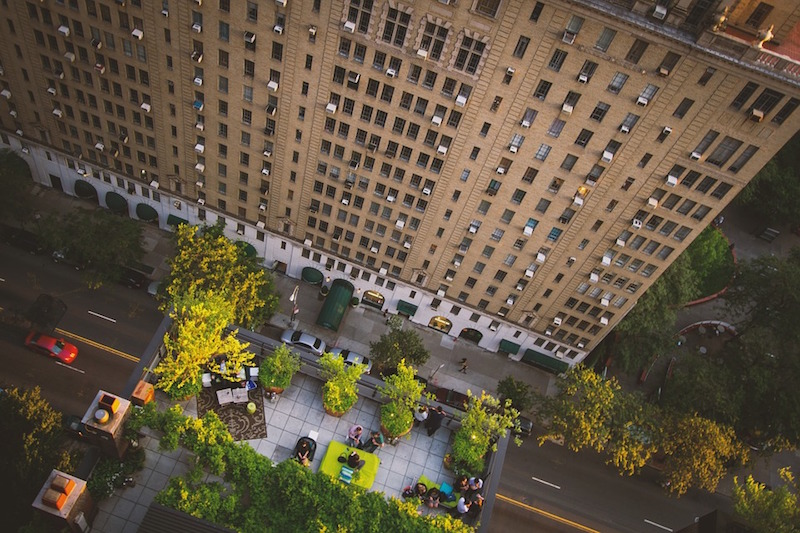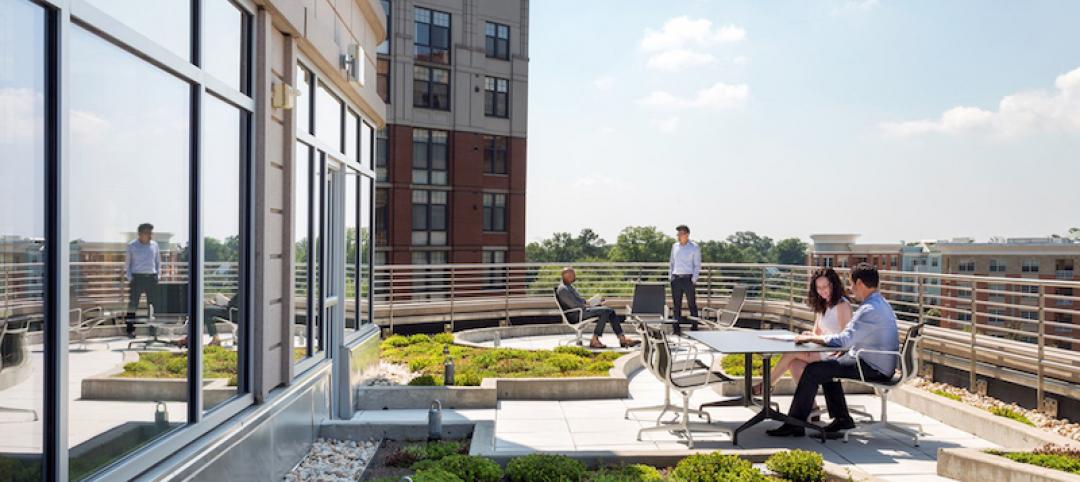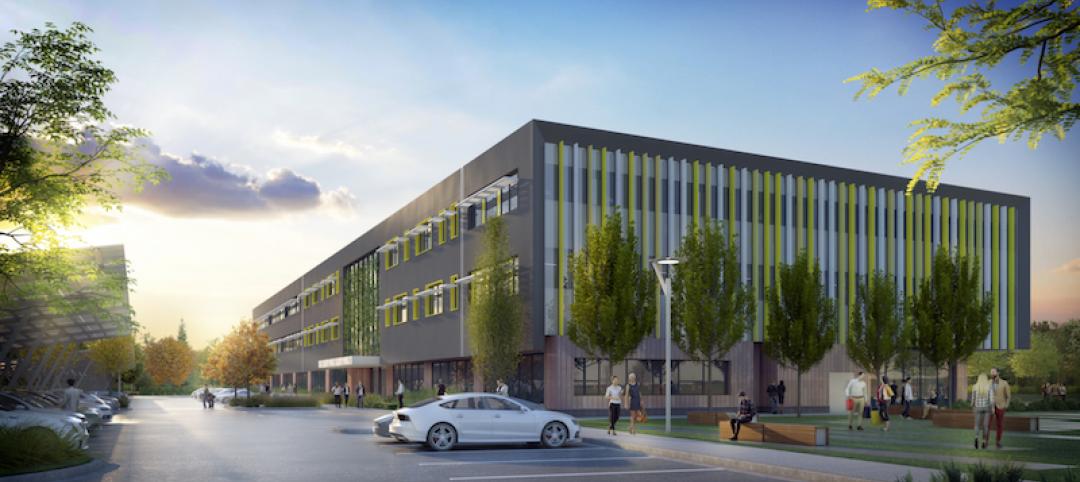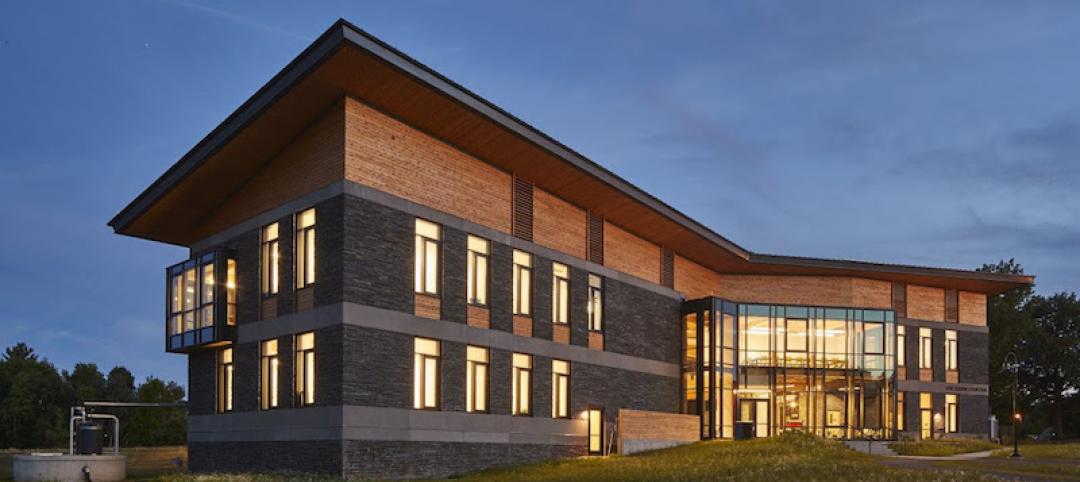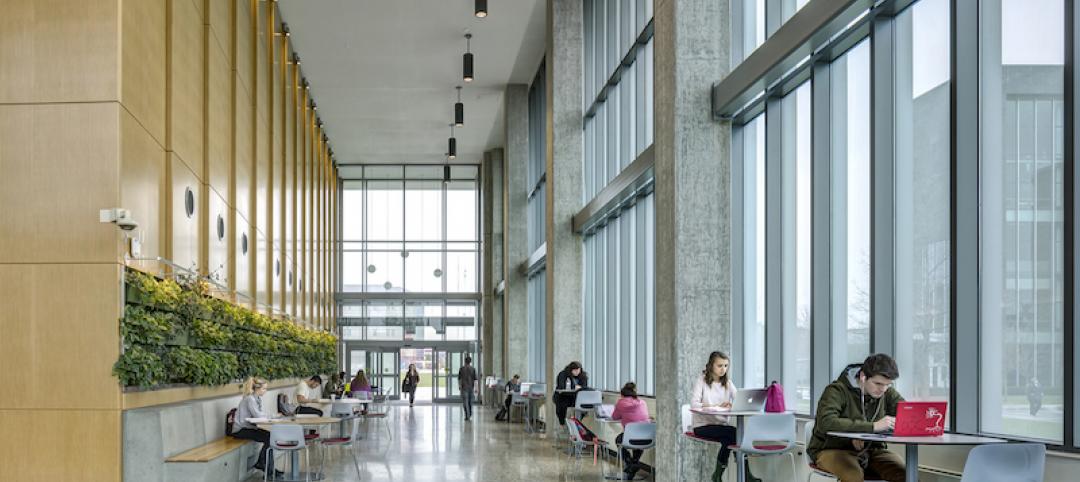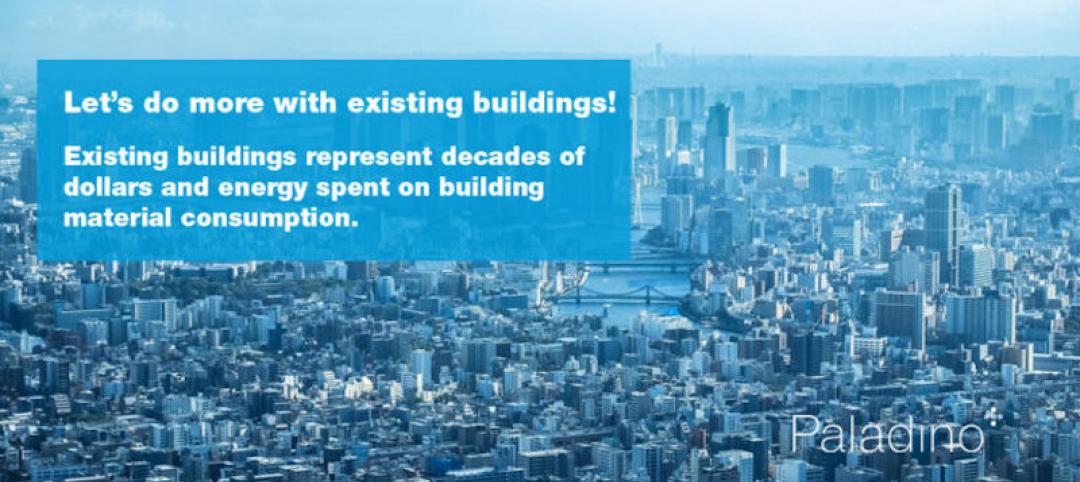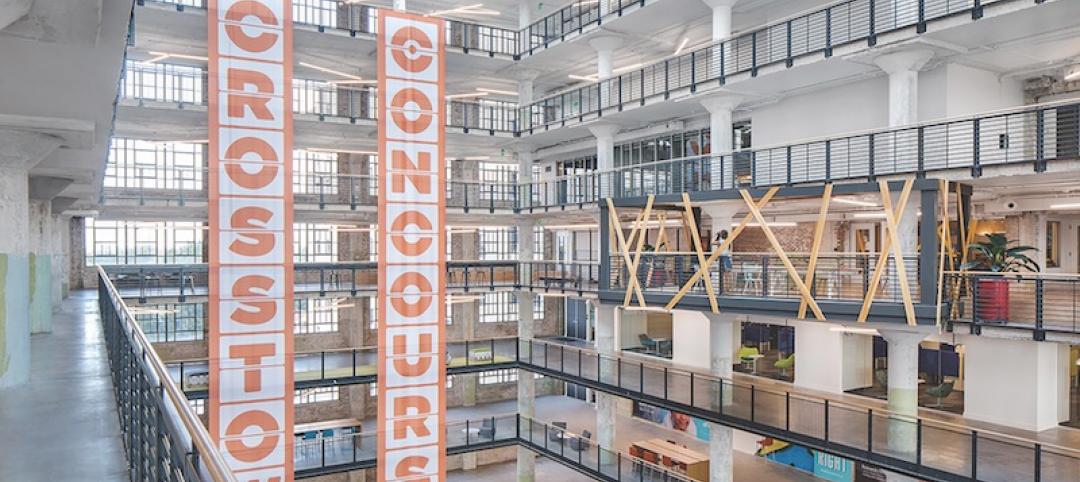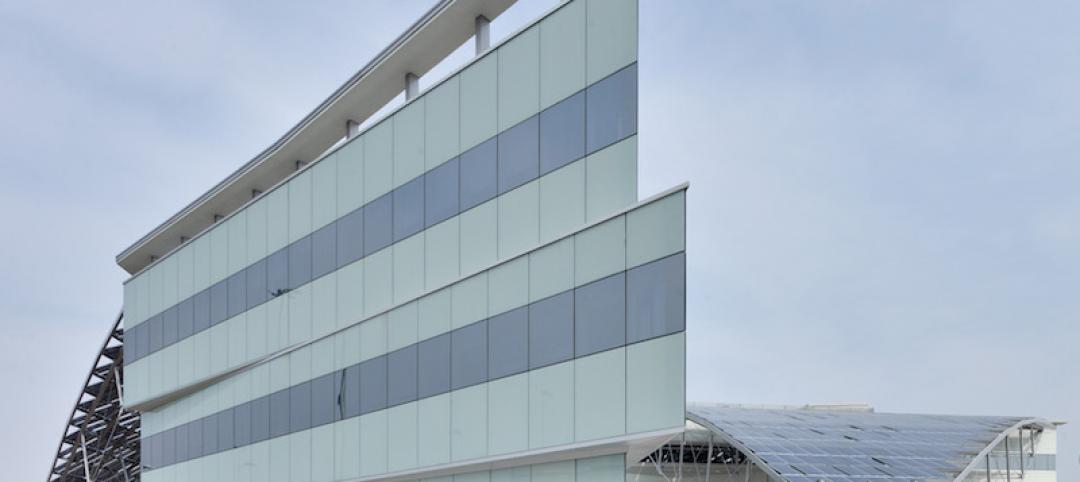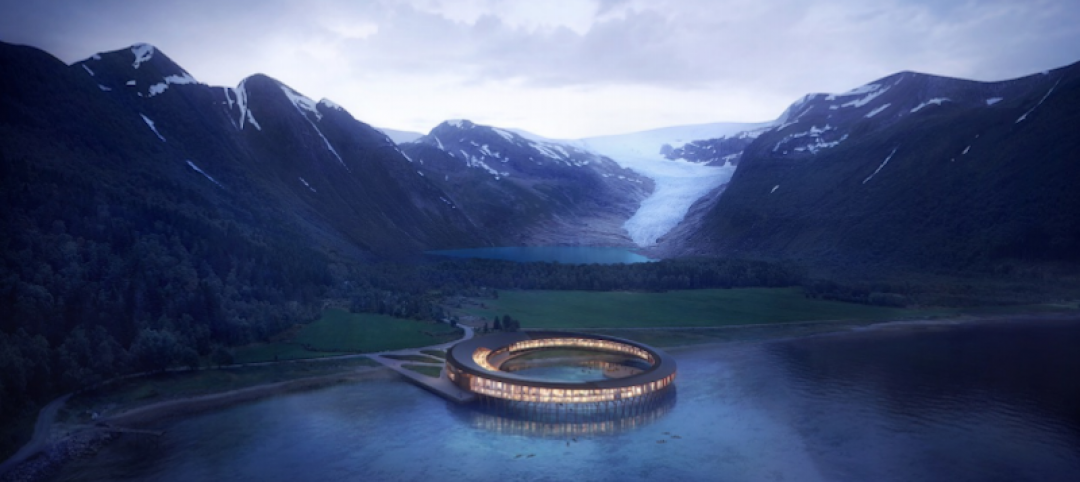The growth of the Passive House standard in the U.S. has been slow, but it could still produce significant influence, according to a recent panel of industry experts.
That group is looking to expand the standard beyond single-family houses to projects like schools, hospitals and high-rise towers, according to a Construction Dive report. Today, there is roughly 475,000 sf of certified Passive House project square footage in the U.S., including 16 multifamily projects, seven commercial buildings, and one school, in addition to 111 single-family homes.
Passive House Institute U.S. (PHIUS) wants to expand acceptance of the standard in the commercial and institutional markets. As more buildings achieve certification, they provide proof-of-concept and data that can inform design decisions and influence new codes and regulations, and thereby create momentum for the standard.
Local governments will be able to collect the data from new Passive House buildings and help inform decision-makers in the built community about how the standard achieves results in sustainability. Optimistically, Passive House could thus have a larger influence than might be expected from just looking at the number of certifications.
Related Stories
Sustainability | Apr 18, 2018
The 10 sustainability trends that forward-thinking organizations have on their minds
The future office strives to be better, focus more on the people who inhabit it, and contribute to the success of the company.
Green | Apr 13, 2018
evolv1 earns Canada’s first Zero Carbon Building-Design certification
The multi-tenant commercial office building is currently under construction.
Sustainability | Apr 11, 2018
Hampshire College is home to the largest Living Certified higher education project in the world
The project joins 16 other Living Buildings certified to date.
Sustainability | Apr 10, 2018
Thermal comfort, big impact
CallisonRTKL’s Pablo La Roche explains how outdoor thermal comfort could mitigate the effects of climate change.
Sustainability | Apr 9, 2018
Planning for 100: Looking beyond the horizon of zero-net-energy buildings
Imagine a future where buildings and infrastructure are 100% utilized and 100% responsive.
Sustainability | Mar 21, 2018
LEED v4.1 — a game changer or business as usual?
The largest number of changes in v4.1 affect materials.
Energy-Efficient Design | Mar 20, 2018
University of Hawaii Maui College on pace to become first U.S. campus to generate 100% renewable energy on-site
The project is part of a partnership with Johnson Controls and Pacific Current that will also allow four UH community college campuses on Oahu to significantly reduce their fossil fuel consumption.
Adaptive Reuse | Mar 8, 2018
LEED Platinum for Memphis industrial reuse project
Memphis-based engineering firm OGCB and contractor Grinder Tabor Grinder led the removal of 54 million lb of concrete and 10 million lb of metal.
Office Buildings | Feb 19, 2018
Large photovoltaic “wings” help eliminate emissions from this Italian headquarters building
The wings have a surface area of over 1,100 sm.
Hotel Facilities | Feb 12, 2018
Circular hotel will be world’s first energy positive hotel concept above the Arctic Circle
The hotel will provide 360-degree views of the Svartisen glacier and the surrounding arctic nature.


